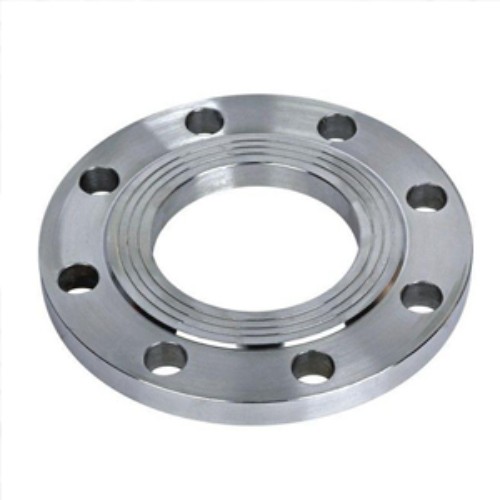foot valve for water
Understanding Foot Valves for Water Systems
Foot valves are essential components in various water systems, particularly in applications that require the efficient and effective movement of water. Commonly utilized in irrigation, water supply, and well systems, these valves serve a critical function by preventing backflow and ensuring a steady supply of water. In this article, we will explore the workings, types, and benefits of foot valves, emphasizing their importance in water management.
What is a Foot Valve?
A foot valve is a type of check valve installed at the bottom of a suction line, typically submerged in water, such as in wells or tanks. Its primary function is to allow water to flow into the pump while preventing it from flowing back out once the pump is turned off. The valve operates on the principle of gravity and pressure, using a flap or disc that opens to permit water entry but closes to seal against backflow.
How Do Foot Valves Work?
The operational mechanism of a foot valve is relatively straightforward. When the pump is activated, it creates a vacuum that draws water through the intake line. As water enters the suction line, the pressure difference causes the flap or disc within the foot valve to lift, allowing water to flow into the pump. Once the pump stops, the absence of pressure causes the flap to return to its closed position, sealing the suction line and preventing water from flowing back down into the well or tank. This feature is crucial for maintaining the water supply and ensuring the pump operates efficiently.
Types of Foot Valves
Foot valves come in various designs and materials, tailored to suit different applications and environments. The most common types include
1. Plastic Foot Valves Often made from PVC or other durable plastics, these valves are lightweight and resistant to corrosion, making them suitable for freshwater applications.
foot valve for water

3. Spring-Loaded Foot Valves These valves utilize a spring mechanism to help close the flap more rapidly when the pump shuts off, reducing the risk of water hammer and improving operational efficiency.
Benefits of Using Foot Valves
Foot valves offer numerous advantages, making them a staple in water-related applications
- Prevent Backflow The primary benefit of installing a foot valve is its ability to prevent backflow, which can lead to contamination and loss of water supply. This is particularly important in agricultural settings where water quality is paramount.
- Maintain Pump Priming Foot valves help maintain the priming of pumps, ensuring they start quickly and operate efficiently without needing frequent manual priming.
- Reduce Pump Wear and Tear By preventing backflow, foot valves minimize the cycling of water, which can reduce the wear on pump components and extend their lifespan.
- Ease of Installation Most foot valves are designed for straightforward installation, requiring minimal modifications to existing systems, thus saving time and resources.
Conclusion
In summary, foot valves play a critical role in ensuring the smooth operation of water systems. Their ability to prevent backflow, maintain pump priming, and reduce wear on pump components makes them invaluable in various applications, from agricultural irrigation systems to residential water supply. As water conservation and efficient management become increasingly important, understanding and utilizing foot valves is essential for anyone involved in water-related projects. Investing in a quality foot valve can lead to better system performance and reliability, ensuring a constant and safe water supply for all needs.
-
The Key to Fluid Control: Exploring the Advantages of Ball Valves in Industrial SystemsNewsJul.09,2025
-
The Versatile World of 1, 2, and 3 Piece Ball ValvesNewsJul.09,2025
-
Stainless Steel Ball Valves: The Ideal Choice for Efficient Flow ControlNewsJul.09,2025
-
Optimizing Fluid Control with Ball Float ValvesNewsJul.09,2025
-
Manual Gate Valves: Essential for Control and EfficiencyNewsJul.09,2025
-
Everything You Need to Know About Butterfly ValvesNewsJul.09,2025
-
The Versatility of Wafer Type Butterfly ValvesNewsJul.08,2025




